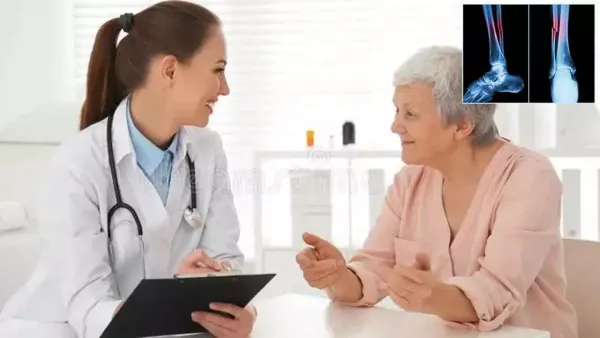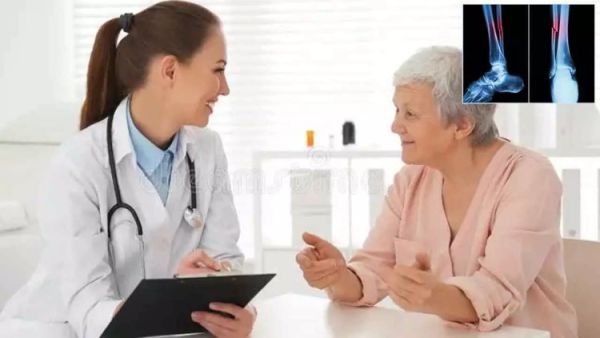
Using regular bone density scans, researchers from Australia and Canada have created a state-of-the-art machine learning system that can quickly predict the risks of heart disease and fractures.

According to the Xinhua news agency, the invention, created by researchers from Edith Cowan University (ECU) in Australia and the University of Manitoba in Canada, may open the door to more thorough and early diagnoses during routine osteoporosis screenings, improving outcomes for millions of older adults.
In order to identify abdominal aortic calcification (AAC), a crucial sign associated with heart attacks, strokes, and falls, the automated system examines vertebral fracture assessment (VFA) pictures.
AAC evaluation typically takes a skilled professional five to six minutes for each picture. According to the report, the new algorithm significantly improves the efficiency of large-scale screening by cutting that time down to less than a minute for thousands of photos.
According to Cassandra Smith, a research fellow at ECU, moderate to high levels of AAC were found in around 58% of older women who had regular bone scans. Many of these women were not aware of their increased cardiovascular risk.
“It is acknowledged that women are not adequately screened for and treated for cardiovascular disease,” Smith said.
“AAC patients don’t exhibit any symptoms, and this prognosis would often go unreported if proper screening for AAC wasn’t done. Women have a much higher likelihood of receiving a diagnosis when this method is used during bone density exams, Smith said.
Marc Sim of ECU conducted further study, which showed that AAC is a powerful predictor of fractures and falls in addition to being a cardiovascular risk signal. In actuality, AAC performed better than conventional fall risk indicators such as prior fall history and bone mineral density.
“Your risk of falls and fractures increases with the amount of calcification in your arteries,” Sim said, adding that this approach corrects the common practice of physicians to ignore vascular health when evaluating fall risk.
According to our study, AAC significantly increased the likelihood of falls and was even more important than other characteristics that have been clinically established as fall risk factors.
According to Sim, the new machine algorithm may help physicians better understand patients’ vascular health, an underappreciated risk factor for fractures and falls, when used with bone density scans.
-
Omega Hospital CEO caught purchasing drugs in Hyderabad

-
75 Kerala students evacuated from border states amid India-Pak conflict

-
Identity of five terrorists killed in Indian strikes ‘established’: Sources

-
Pakistan to consider de-escalation if India stops attacks: Foreign Minister

-
Price of luxurious watch that SRK wore at Met Gala 2025
